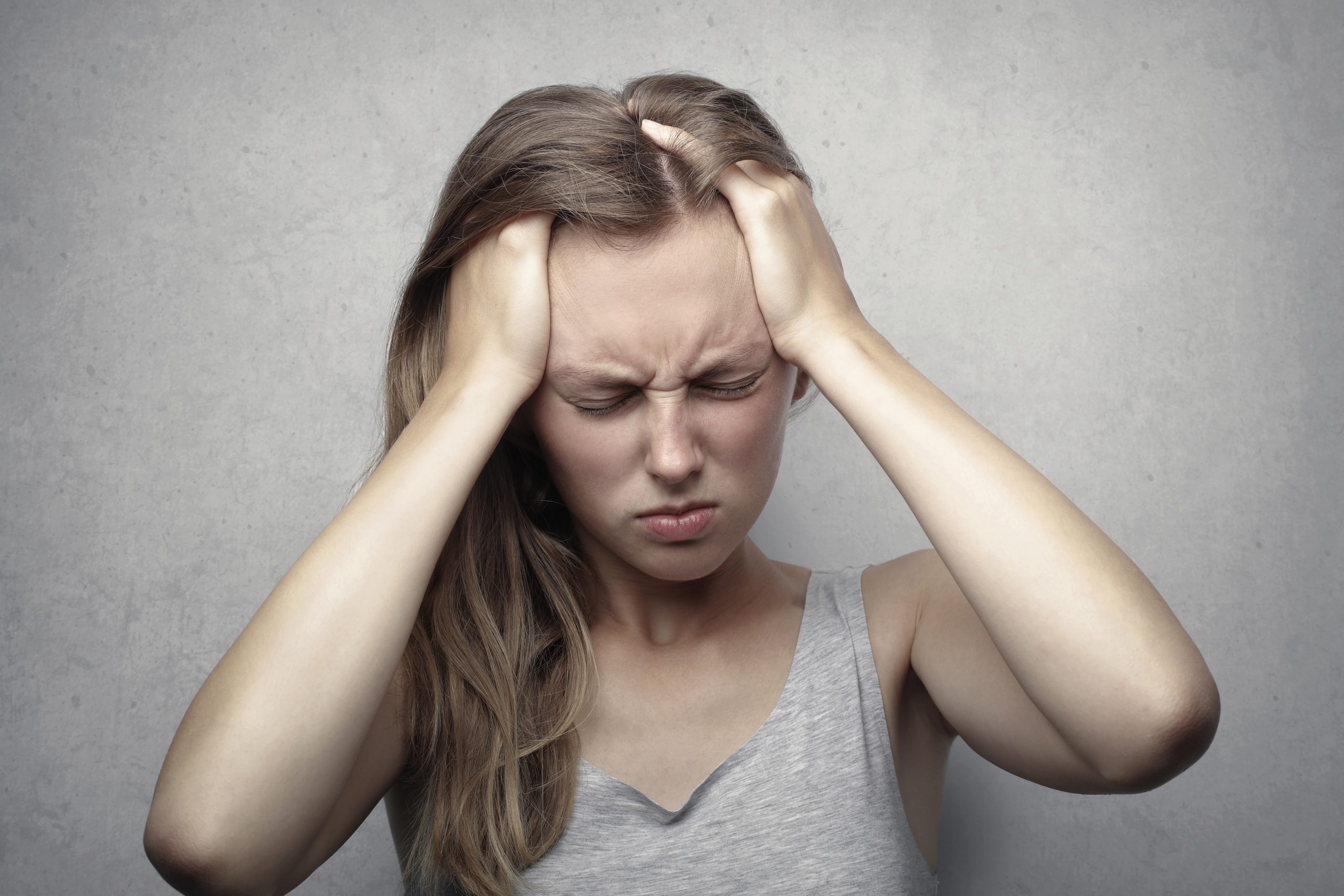Visitors have accessed this post 323 times.
What exactly is a migraine?
Migraine is a chronic neurological disorder that affects around
39 million people in the United States.
It has a number of symptoms, the most prominent of which is
intense headache discomfort. A migraine attack, on the other
hand, is considerably more than just a nasty headache.
Symptoms vary from one person to the next, however, they can
include:
an excruciating headache
sensitivity to sounds sensitivity to odors sensitivity to light
changes in eyesight nausea vomiting
Migraine is a type of headache that can be episodic or chronic.
Doctors classify migraine headache as episodic if it occurs just
14 times per month or less.
Chronic migraine is defined as pain that occurs 15 or more
days per month and is accompanied by other migraines
symptoms on the majority of these days.
Causes
Migraine is a puzzling condition. While the actual cause has yet
to be determined, experts have discovered a number of
contributing elements, including:
Serotonin levels in the body, as well as electrical activity in the
the brain is influenced by heredity and environmental variables.
Researchers are still looking into the causes of migraines.
Triggers
Certain circumstances, according to experts, can cause a
migraine attack. The greatest method to avoid migraine
attacks is to avoid the things that cause them. These might
differ from person to person, and most migraine sufferers have
many triggers.
Foods and beverages are frequently included,
including:
cheese and other dairy items, especially red wine
any meals with a strong odor chocolate coffee cured meats
Aspartame, monosodium glutamate, or MSG, and nitrates,
which are commonly found in processed meats, are examples
of preservatives and sweeteners.
The following are some more common triggers:
Meals are being skipped. A migraine attack might be triggered
by skipping meals or not eating properly.
Exercise. An intensive workout session, especially if you haven’t
been active in a while, can set off a migraine attack.
Dehydration. Even mild dehydration might trigger a migraine
attack in some people.
Stimulation of the senses. A migraine attack might be
triggered by unusually bright lights, loud noises, or strong
odors. Typical triggers include flashlights, intense sunlight,
scent, paint, and cigarette smoke.
Hormonal shifts Up to 75% of migraine sufferers say their
episodes start around the time of their period. Others have
experienced migraines during pregnancy or menopause.
Experts believe that variations in estrogen and progesterone
levels can cause migraine attacks during these times.
Medication containing hormones Hormone replacement
therapy and birth control, for example, can both induce and
exacerbate migraine attacks. However, these treatments have
been shown to lessen migraine symptoms in some cases.
Various other drugs Vasodilators, such as nitroglycerin, which
are used to treat high blood pressure and heart failure, can
cause migraine attacks.
Stress. For nearly 70% of persons with migraines, stress may
be a trigger. Physical stress, such as overexertion or sexual
activity, can also induce migraine attacks, as can emotional
stress resulting from expectations at work or at home.
Factors that are at risk Migraines do not affect everyone who is
exposed to triggers. The following factors may have a role in
determining your risk of having the disease:
Age. A first migraine attack can strike at any age, although
most migraine sufferers experience their first attack during
adolescence. History of the family. If you have a close family
member who suffers from migraines, you are at a higher risk.
In fact, 90% of those who have the disease have a family
history of it. If one of your parents suffers from migraines,
your chances of getting one are roughly 50 percent. If both
parents suffer from migraines, the chance rises to 75%.
Sex. Males are more likely than females to suffer from
migraines during childhood. Females are three times more
likely to have it after puberty. Women’s migraine risk
continues to climb until they reach the age of 40, when it
begins to decline.
Options for treatment
Migraine treatment is divided into two categories: acute and
preventative.
During a migraine attack, a person receives urgent treatment
to alleviate symptoms and prevent them from worsening.
Over-the-counter pain medicines, prescription medications,
and gadgets are all options. Many of these gadgets give
stimulation that alters electrical transmission in the brain.
Migraine prevention tries to minimize the incidence, severity,
and duration of migraine attacks before they begin.
Medications and surgeries, as well as lifestyle changes and
behavioral treatment, are all options.
Only around 40% of persons who receive preventive treatment
benefit from it. It helps lower the frequency of migraine
attacks by at least 50% when it works.
